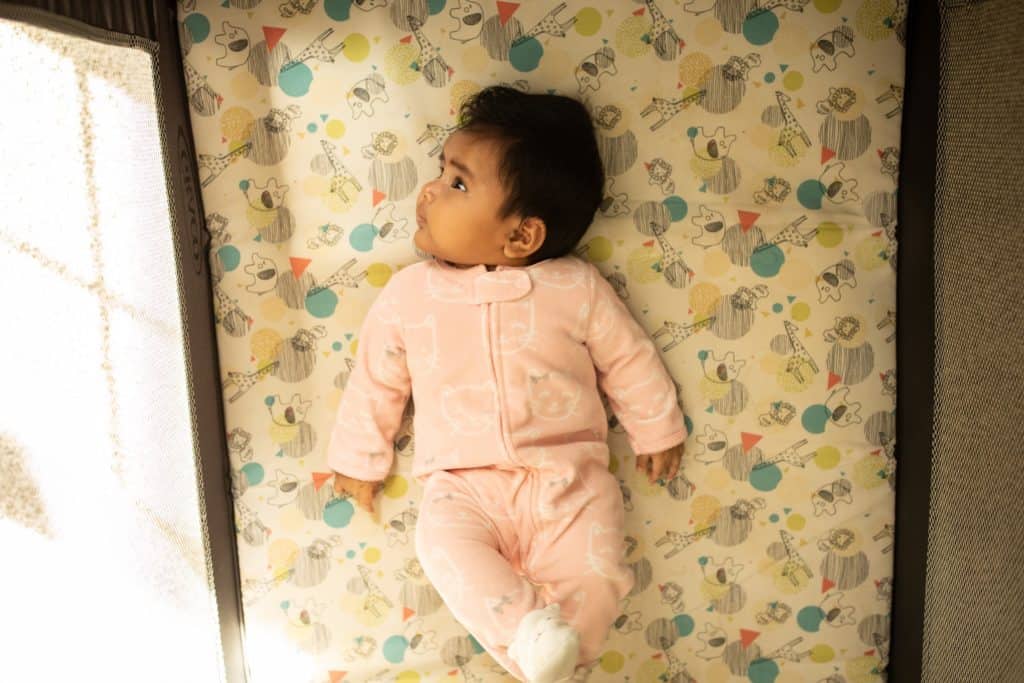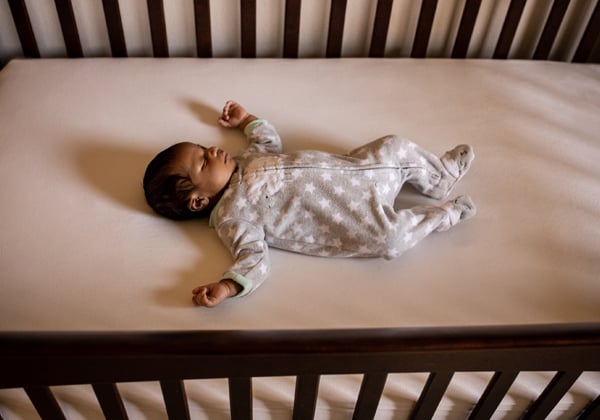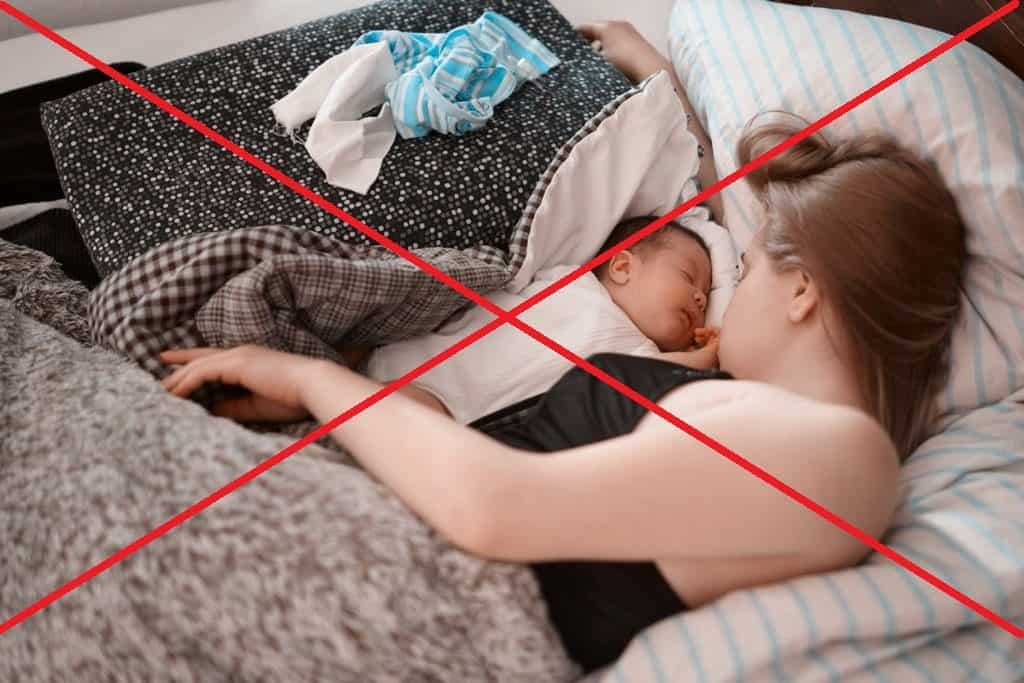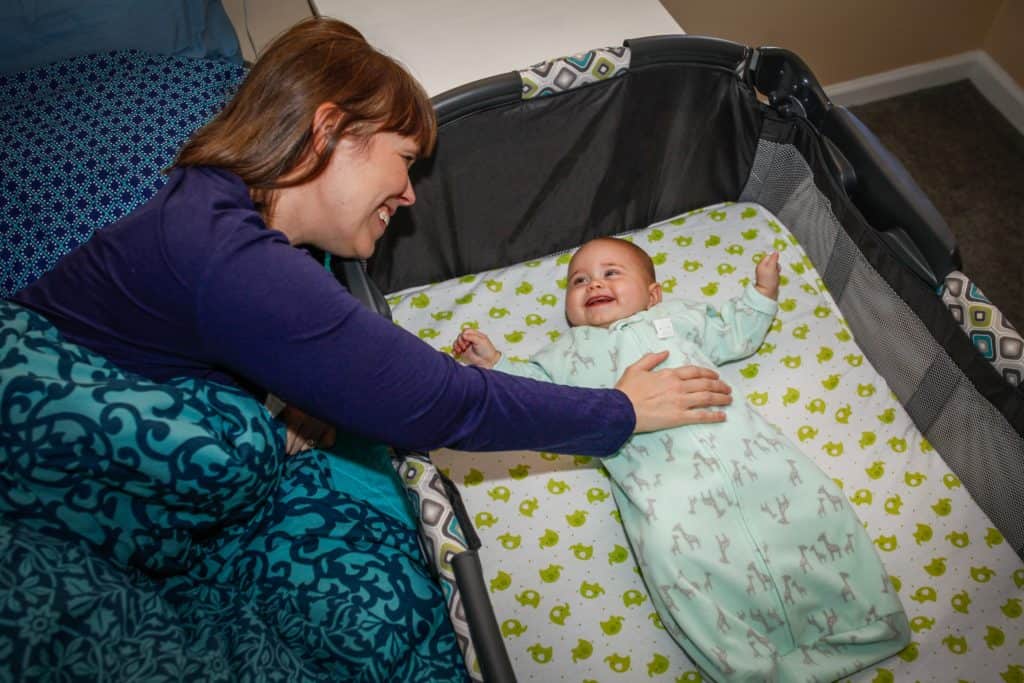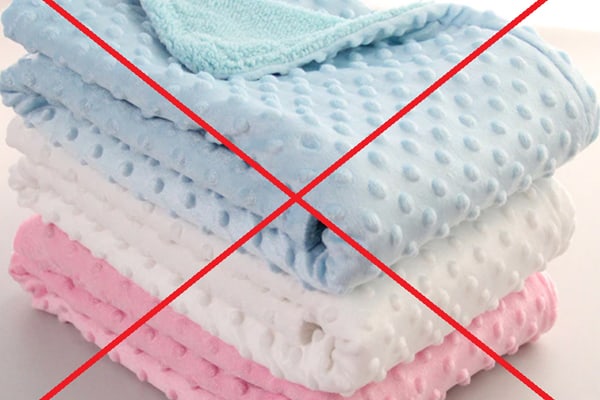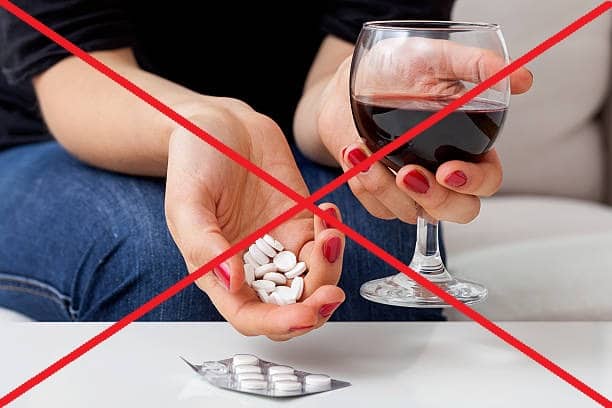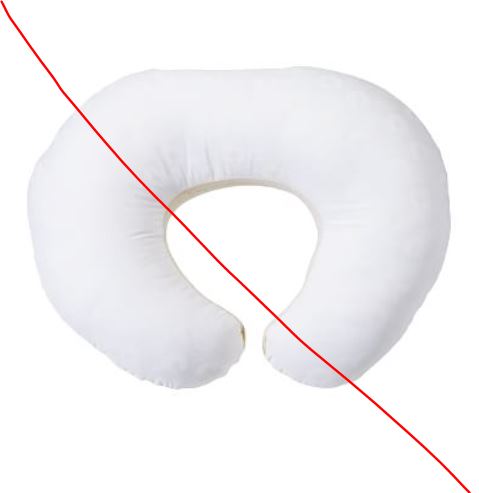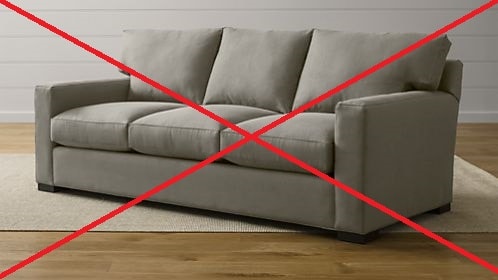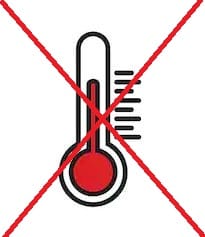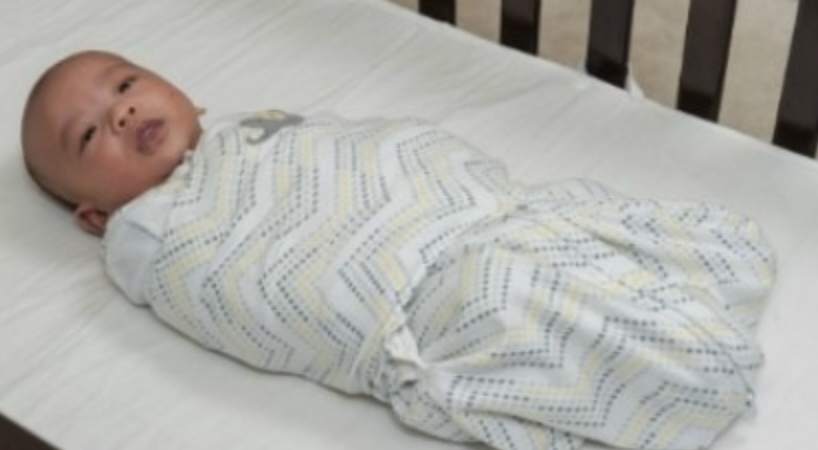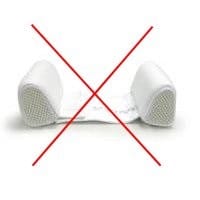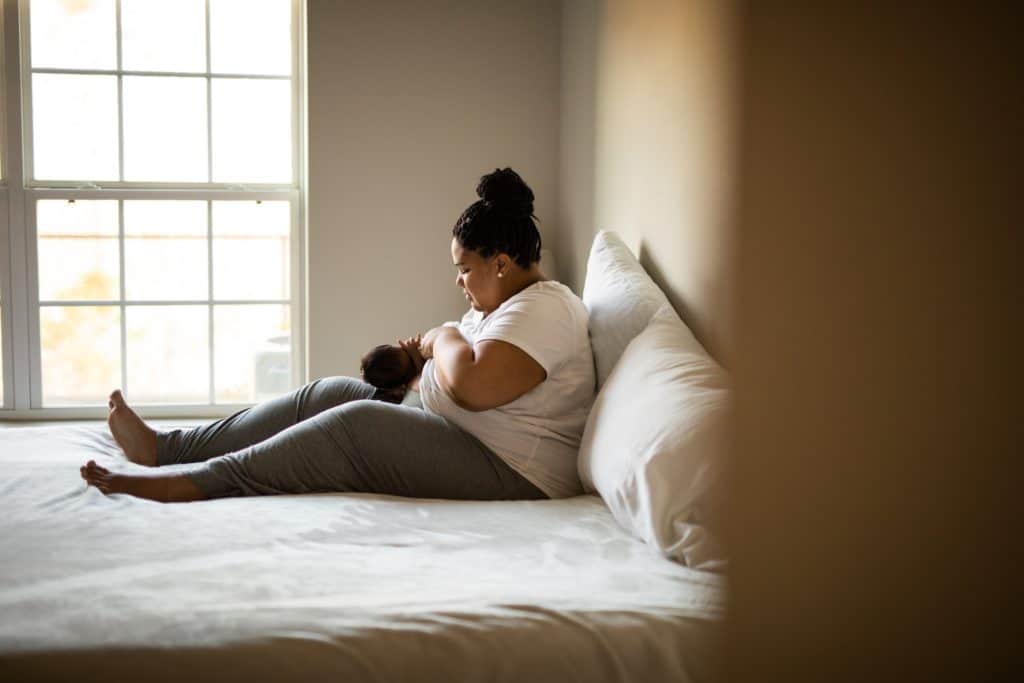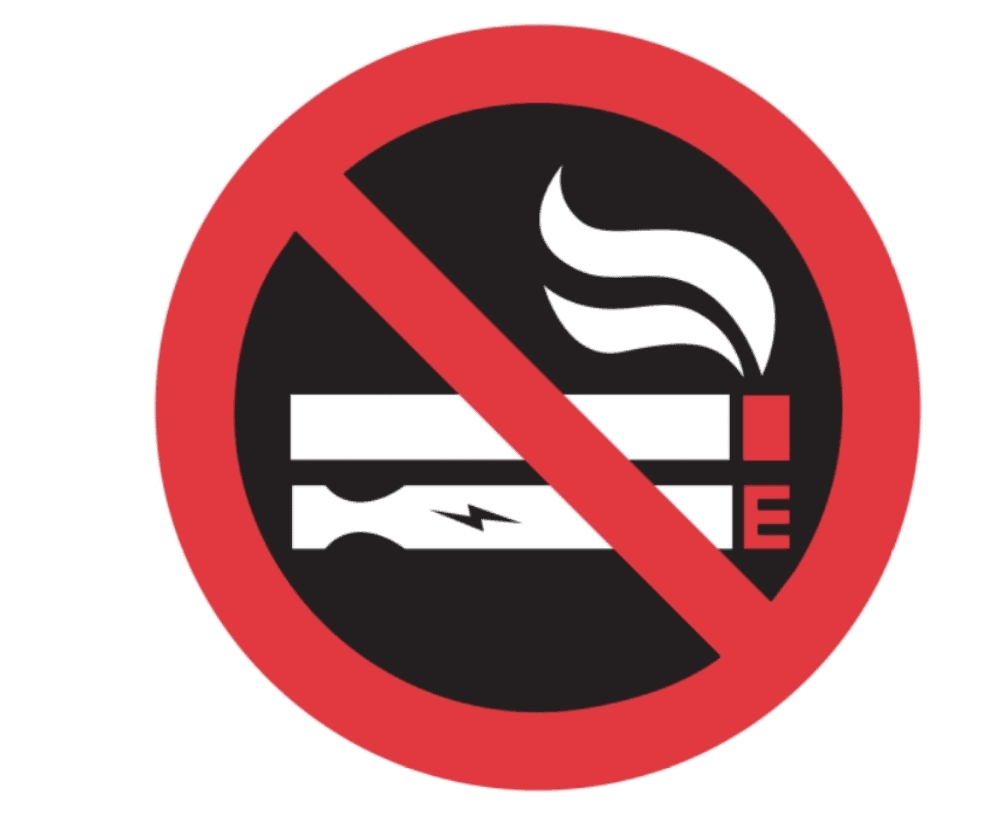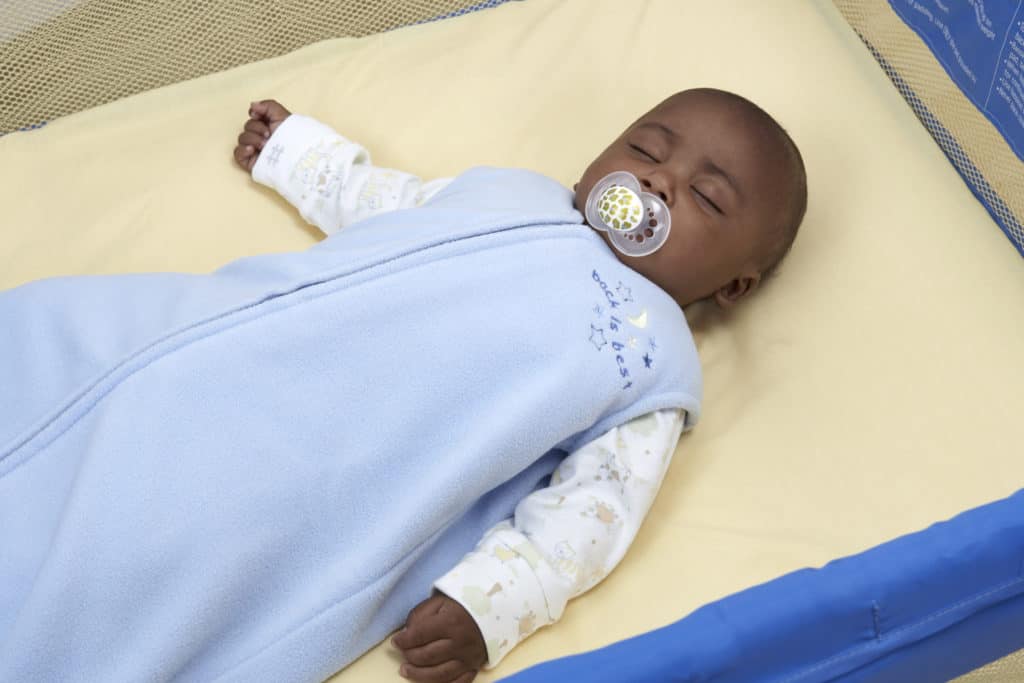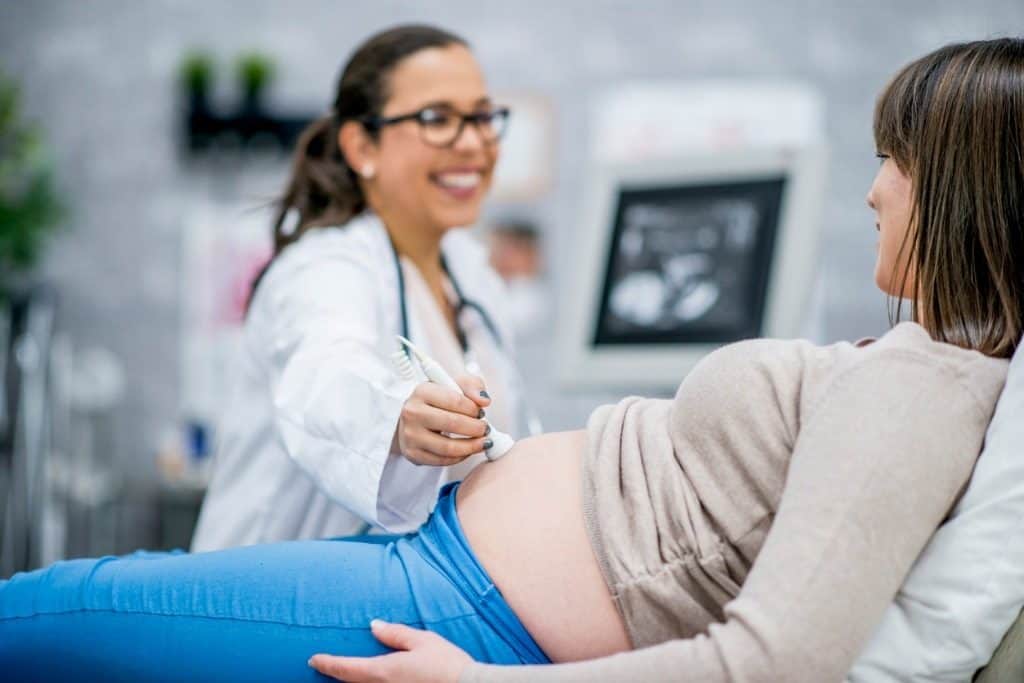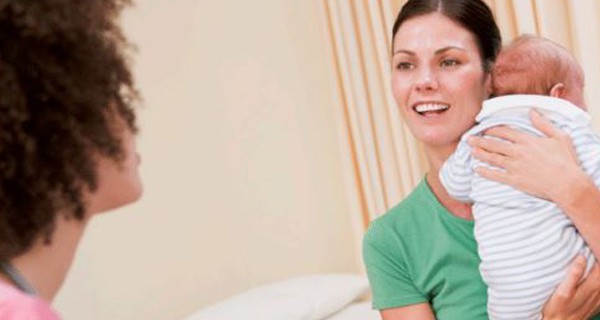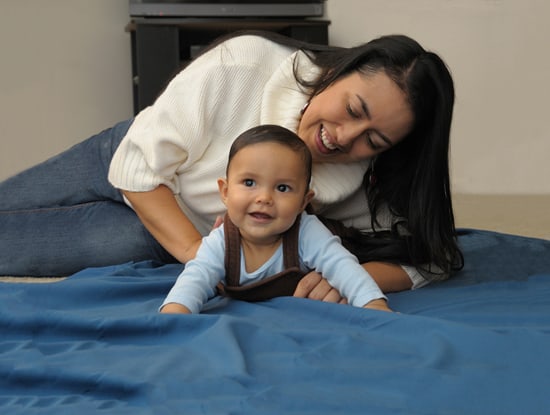Safe Sleep 101
THE PROBLEM: Tragically, more than 3,500 babies in the U.S. and over 100 babies in North Carolina die suddenly and unexpectedly every year while sleeping. The majority of these deaths are associated with unsafe sleep environments (for example, blankets in a crib, sleeping on an adult bed, or sleeping with another person in a bed or couch, etc.).
These Deaths are Largely Preventable. The tragedy of infants dying in their sleep is often handled as a private and personal loss. But, it is a public health crisis and there is a solution!
We know you want to keep your baby safe while they sleep.
Below is a breakdown of the safe sleep recommendations from the American Academy of Pediatrics based on decades of research.
Click HERE to read the full report from the AAP.
Put your baby on their back for all naps and at night.
Research shows that babies who sleep on their backs are much less likely to die of SIDS than babies who sleep on their stomachs or sides.
Use a firm and flat sleep surface.
A crib, bassinet, portable crib, or play yard that meets the safety standards of the Consumer Product Safety Commission (CPSC) is recommended along with a tight-fitting, firm mattress and fitted sheet designed for that particular product. Nothing else should be in the crib except for the baby.
Never sleep with your baby.
Instead of bed sharing, room share with your baby.
Keep soft objects and loose bedding out of your baby’s sleep area.
These include pillows, quilts, comforters, sheepskins, blankets, toys, bumper pads or similar products that attach to crib slats or sides.
Do not use alcohol and substances that can impair your ability to care for your infant.
Do not let your child fall asleep on nursing pillows or pillow-like lounging pads.
Never place your baby to sleep on a couch, sofa, or armchair.
Don’t let your baby get overheated.
Swaddle your baby if you like, but follow some important guidance.
Be cautious when buying certain products.
Other Ways to Lower Risk
Along with creating a safe sleep environment, here are some other ways to lower your baby’s risk of sleep-related death:

